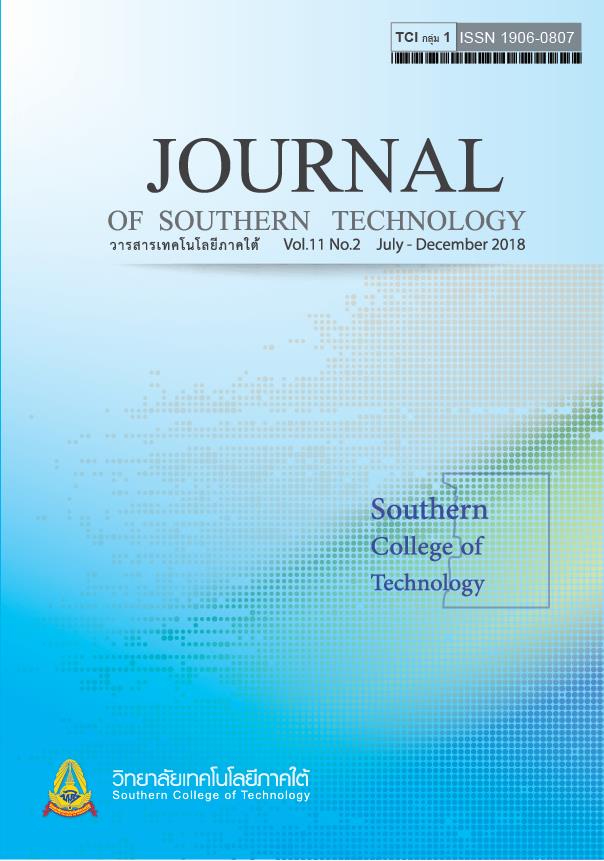Planning and Integrated Administration of Provincial Development Plan: A Comparative Study of Chanthaburi and Rayong Provinces
Main Article Content
Abstract
This study was conducted with 2 main objectives: 1) to review theories about national development and their relation to area-based development which were fundamental concepts for provincial development in Thailand, 2) to compare the strategic planning between Chanthaburi and Rayong provinces. For qualitative research made an interview 30 important people who had backgrounds in planning and development planning administration were performed. An interview form was used as the research instrument in this study. Data were analyzed using content analysis. Quantitative research was used to study in the two provinces. The population included 250 workers in both private and government organizations who were involved in planning and development plan implementation. Questionnaire was used as data collecting tools and the data were analyzed for frequency, percentage, mean and standard deviation. The findings were as follows:
Theoretically, the provincial development plan was extended from the national development plan to local level which focused on the demand side. The budget was allocated directly to the area-based provincial development. The plan was a 4-year rolling plan in which action plan and expected budget had to be proposed to the central government every year. For the implementation, the responsibility was assigned to the organizations related to the development strategies. To compare the strategic planning between Chanthaburi and Rayong provinces. (1) There are different visions formulated between Chanthaburi and Rayong provinces, Chanthaburi maintains activities as their main provincial identity while Rayong focused on development guidelines. (2) For strategic planning, it was found that both provinces set the number of strategies at six and indicators for each strategy. (3) For strategy implementation, it was found that both provinces’ strategies were implemented as the duty of an institution which received a budget. And (4) for strategy evaluation, it was found that both provinces reported according to regulations made by the secretary of the provincial planning office. The report was sent to the administration planning committee annually.
Article Details
-
Authors must agree to the journal publication rules and allow the editors to edit the manuscripts for publication.
-
Author’s right belongs to the author but Journal of Southern Technology holds the right of first publication and thus allow readers to use the article for the purpose of education but not commercial.
References
Patmasiriwat, D. (2009). The Driving Force of Local Government Organizations for Good Public Service. Bangkok: Office of Health Promotion Fund. [in Thai]
Porter, M.E. (1980). Competitive Strategy: Techniques for Analyzing Industries and Competitors. New York: Free Press.
Powell, B. (2008). Making Poor Nation Rich: Entreneurship and the Process of Economic Development. Stanford: The Independent Institute, Stanford University Press.
Preston, P.W. (2000). Development Theory: An Introduction. Oxford: Blackwell
Publishers Ltd.
Waterston, A. (1965). Development Planning: Lessons of Experience. (Baltimore): The John Hopkins Press.

